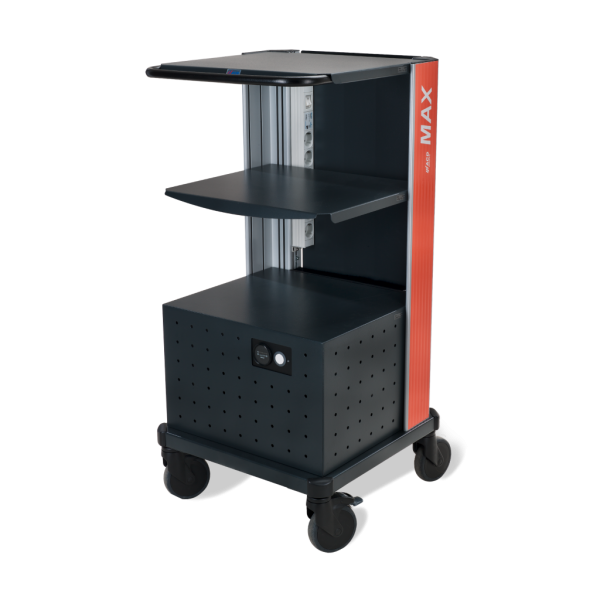The hidden costs of repatriation logistics
While logistics manages the upstream and downstream flows, focusing on the costs and issues associated with the various processes that lead from production to the end consumer, return logistics deals with the operations of recovery of goods in the supply chain: i.e., all operations related to the reuse of products, the return of unsold goods or customer returns, reusable packaging, repair or recycling of products and materials.
The challenge of effective reverse logistics is critical, as it involves recovering the additional value of products that are not usable in their current state or location. As goods, products or materials move back through the supply chain, there are costs that impact the company’s overall revenue. However, these internal logistics costs are often included in total costs and are not a separate cost center like manufacturing or distribution costs. As a result, they are often uncontrolled and lead to a reduction in margins that is difficult to control.
Total Cost of Ownership (TCO) enables better control of these hidden costs by incorporating all aspects of the supply chain.
The most common hidden costs of repatriation logistics
Return shipping costs
Managing product returns is one of the most important internal logistics costs, especially for retail companies. These costs are present before products are sold and increase exponentially when returns occur: Up front, implementing warranties, a returns policy, and drafting service contracts are costly legal constraints. Customer service costs increase when more returns need to be processed, as these returns involve a significant amount of processing. There are also significant transportation, receiving and storage costs associated with return requests. The complexities of managing returns lead to accounting errors that can create additional work for accounting teams. When returns are not covered by warranty, the logistical costs to the business are even higher.
Transport costs
Enterprise logistics studies focus on the time it takes to get products to consumers or physical stores. Typical analyses aim to determine the best freight scenario to increase customer satisfaction in the most cost-effective way. Return logistics must analyze the cost of returning unsold goods, materials for recycling, or reusable packaging. In some industries, the cost of return transportation is as high as the cost of delivery. It is also important to consider pallets, crates and displays that can be reused in subsequent deliveries.
Repair costs
Repair centers are expensive: it is therefore better to work on forwarding solutions and the location of centers than to try to open additional centers. With the exception of the industrial sector, maintenance logistics is a high cost for companies. However, in each center it is possible to act on certain types of costs:
- Transportation thresholds that can be optimized
- The management of stocks of spare parts, which must not be too large (loss of space and risk of obsolescence), nor insufficient to avoid the stoppage of the service.
Service cost
As with maintenance centers, the location of customer service centers is critical to the company’s overall profitability. Service center management must also take into account the specifics of each business: Service levels must be adjusted to achieve customer satisfaction in the most cost-effective manner. Staffing and training are crucial levers for improving efficiency and service quality.
Resale costs
Refurbishing products is one of the reverse logistics strategies for extracting residual value from dormant inventory: Refurbishing is the upgrading of products that are too obsolete to sell. This is one of the most common methods of reselling goods, but there are others, such as refurbishing and repackaging. The cost of repairing, testing, inspecting or replacing missing parts must be included in the reverse logistics invoice for the resale to be profitable.
The advantages of automation for cost reduction in reverse logistics
Internal logistics costs are complex to measure and therefore difficult to control. Automation can help improve returns and inventory tracking, reduce the cost of handling product returns, and make repairs and resale operations more cost-effective.
Using inventory management software that encompasses the entire manufacturing, warehouse, delivery and returns process provides a reliable logistics foundation that improves the supply chain at every stage.
The ACD Group therefore offers innovative solutions that reduce the hidden costs of returns logistics: mobile workstations such as the Mobile Workstation MAX, Mobile Handheld Computers and Vehicle Mount Terminals, as well as Wearables that enable hands-free working along with process optimization. Thanks to their powerful and innovative equipment, logistics centers can collect and process information in real time. Product identification is the key to better decisions at all stages of logistics, regardless of the industry.

Although complex, return logistics plays a critical role in controlling a company’s overall logistics costs. Because it can improve customer satisfaction, reduce waste and be part of a sustainable development approach, return logistics is also critical to a company’s image, which is known to be linked to its success and longevity.